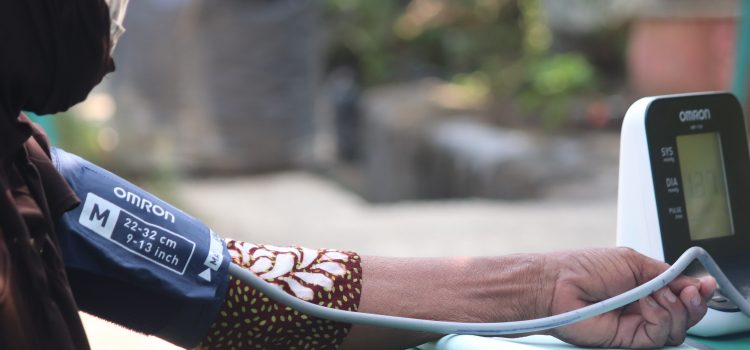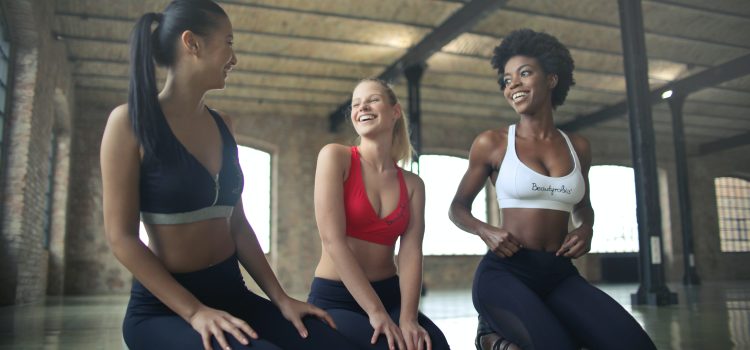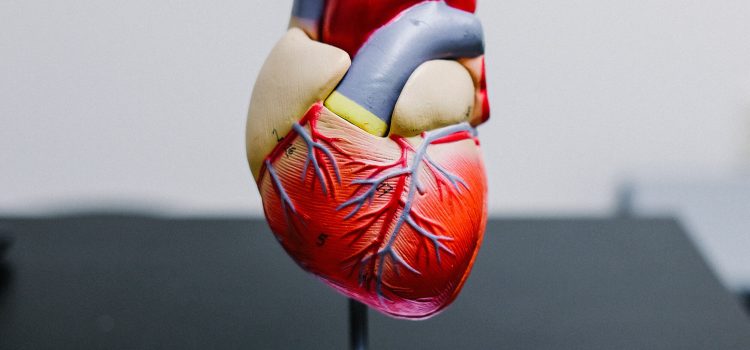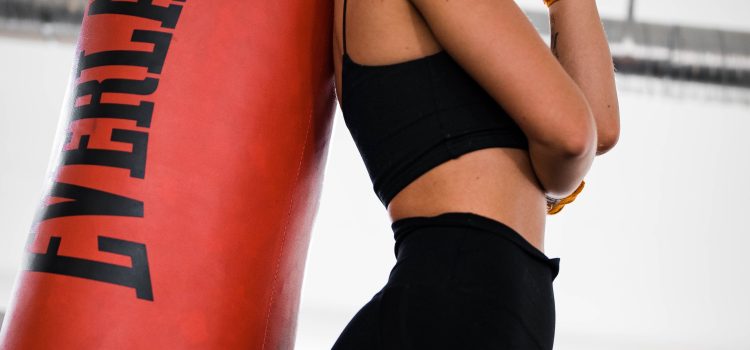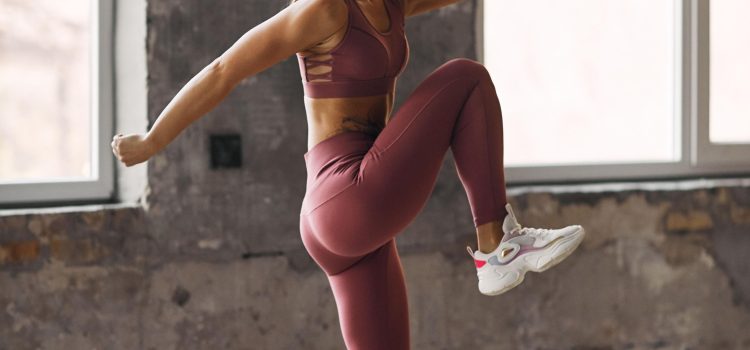
Summer is here and while you may be excited for beach days, picnics, and outdoor activities, your skin might not be as thrilled. UV rays from the sun can wreak havoc on your skin causing premature aging, damage, and even cancer. But don’t worry – sunscreen is here to save the day! In this article, we’ll dive into why sunscreen is your skin’s best friend and why it’s imperative that you make UV protection a priority in your skincare routine. Get ready to slather on some SPF because after reading this post, you won’t want to leave home without it!
What is sunscreen?
When it comes to protecting your skin from the sun, sunscreen is your best friend. But what exactly is sunscreen? Sunscreen is a product that you apply to your skin that helps reflect or absorb the sun’s ultraviolet (UV) radiation. UV radiation is a type of energy from the sun that can damage your skin cells and cause skin cancer.
There are two types of UV radiation: UVA and UVB. UVA rays can penetrate deep into the skin and cause premature aging, while UVB rays are the main cause of sunburns. Both types of UV radiation can contribute to the development of skin cancer.
Sunscreens come in many forms, including lotions, creams, gels, sprays, and wipes. They can be applied to exposed skin or used in combination with clothing, hats, and sunglasses for added protection.
When choosing a sunscreen, it’s important to look for one that offers broad-spectrum protection against both UVA and UVB rays. The SPF number on a sunscreen indicates how well it protects against UVB rays – the higher the number, the better the protection. However, no sunscreen provides 100% protection from UV rays, so it’s important to also take other precautions such as seeking shade and wearing protective clothing when spending time outdoors.
The benefits of sunscreen
When it comes to protecting your skin from the harmful effects of UV radiation, sunscreen is your best friend. Here are some of the benefits of using sunscreen on a daily basis:
1. Sunscreen protects your skin from sunburns.
2. Sunscreen helps prevent premature aging of the skin.
3. Sunscreen reduces the risk of developing skin cancer.
4. Sunscreen protects your eyes from the harmful effects of UV radiation.
5. Sunscreen can help prevent acne breakouts.
How to choose the right sunscreen for your skin type
When it comes to sunscreen, not all products are created equal. In order to ensure that you’re getting the best possible protection for your skin type, it’s important to choose a sunscreen that is specifically designed for your skin type.
If you have dry skin, look for a sunscreen that is oil-free and non-comedogenic. These sunscreens won’t clog your pores or leave your skin feeling greasy.
If you have sensitive skin, look for a sunscreen that is hypoallergenic and free of fragrances and other potential irritants.
If you have oily skin, look for a sunscreen that is oil-free and non-comedogenic. These sunscreens won’t make your skin feel any oilier than it already is and will help to keep your pores clear.
No matter what your skin type, always choose a sunscreen with an SPF of at least 30. This will provide you with the best possible protection against harmful UV rays.
The best ways to apply sunscreen
There are a few things to keep in mind when applying sunscreen. First, make sure to apply it 15-30 minutes before you go outside. This will give the sunscreen time to bind to your skin and provide the best protection possible. Second, be sure to use enough sunscreen. A good rule of thumb is to use an ounce (enough to fill a shot glass) of sunscreen for your entire body. And lastly, don’t forget to reapply! Even if you’re not swimming or sweating, it’s a good idea to reapply every two hours or so.
How often to reapply sunscreen
No matter what type of sunscreen you use, it is important to reapply it often. The American Academy of Dermatology recommends that you reapply sunscreen at least every two hours, or more often if you are swimming or sweating.
If you are using a spray sunscreen, be sure to apply it evenly and rub it in well. It is also important to remember that sunscreen should be applied before you go outside, not after.
Conclusion
In conclusion, sunscreen is essential for protecting your skin from the damaging and aging effects of UV radiation. By understanding the types of sunscreens available, as well as how to apply them properly and when to reapply, you can make sure that your skin stays healthy and protected no matter what activities you take part in. Don’t forget to wear a hat or other protective clothing when out in the sun for extra protection!








